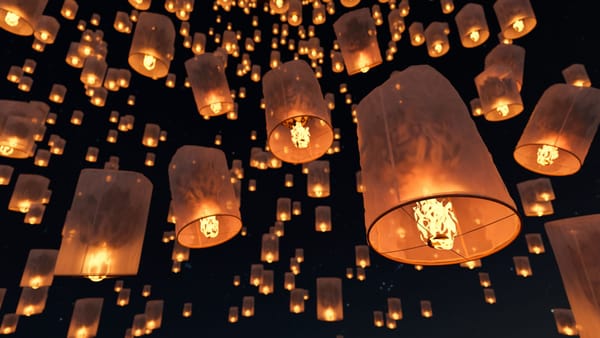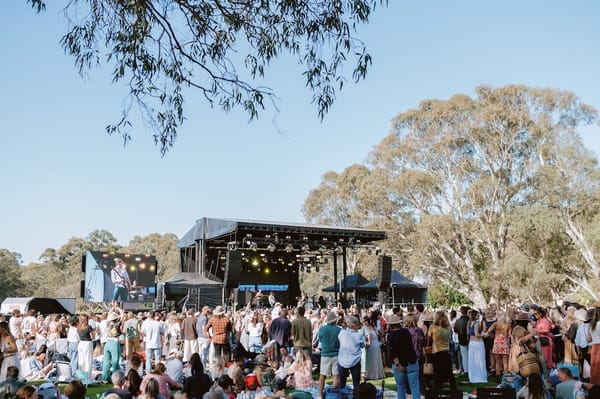Exploring the Timeless Charm of Adelaide Arcade: A Historical Gem
Explore Adelaide Arcade, a historic 1885 gem in Rundle Mall. Discover stunning Victorian architecture, rich history, and vibrant shops in this iconic landmark.
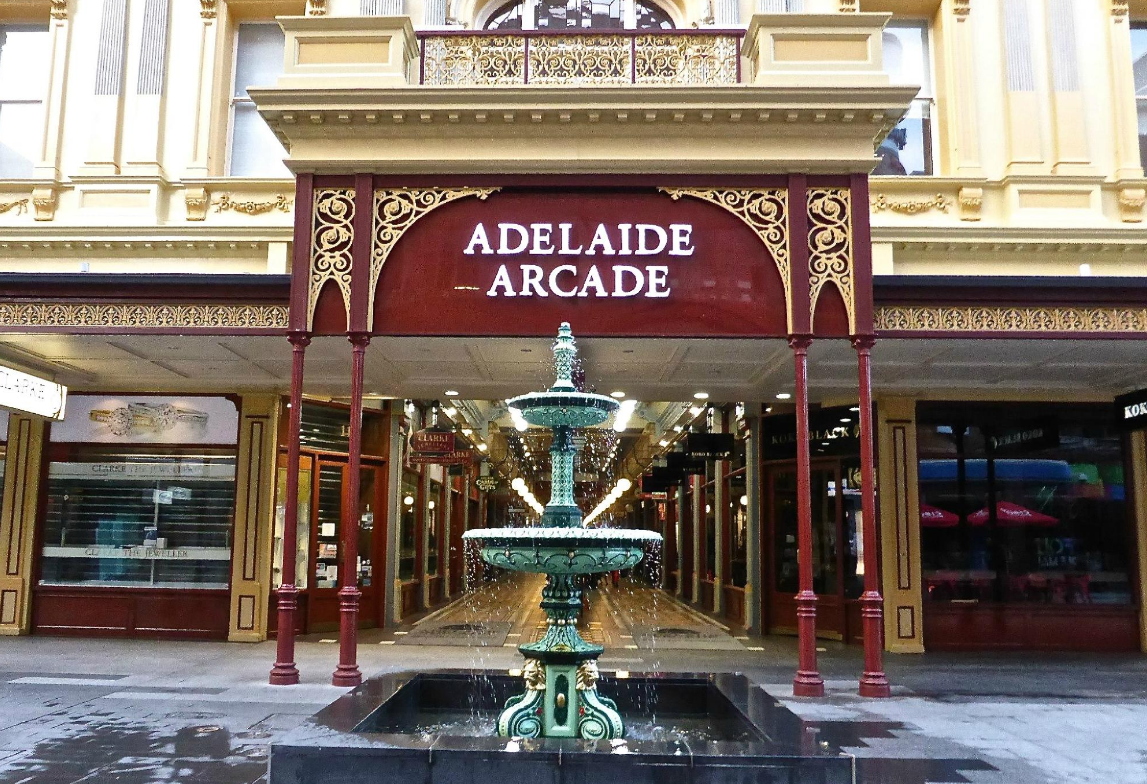
Step into Adelaide Arcade, and you’re instantly whisked back to an era of Victorian elegance. Since its grand opening on December 12, 1885, this iconic shopping precinct has stood as a testament to Adelaide’s rich history. Nestled between Grenfell Street and Rundle Mall, it was once celebrated as the most advanced shopping destination in the Southern Hemisphere. Together with its companion, Gays Arcade, it reflects the prosperity of the 1880s retail boom, transforming Rundle Street into a vibrant commercial hub. Despite renovations, a devastating fire, and the passage of time, both arcades retain their 19th-century allure, blending history with modern vitality.
Architectural Splendor
Designed by Withall & Wells, Adelaide Arcade is their most enduring masterpiece. Its Italianate facades at both the Rundle Mall and Grenfell Street entrances are adorned with octagonal towers and domes, crafted from timber frames and curved metal, crowned with intricate wrought iron and flagpoles. These domes once doubled as advertising platforms for early retailers. Remarkably, Adelaide Arcade is one of the few remaining structures in the city with 19th-century domes, the other—the Exhibition Building on North Terrace—having been demolished in 1962.
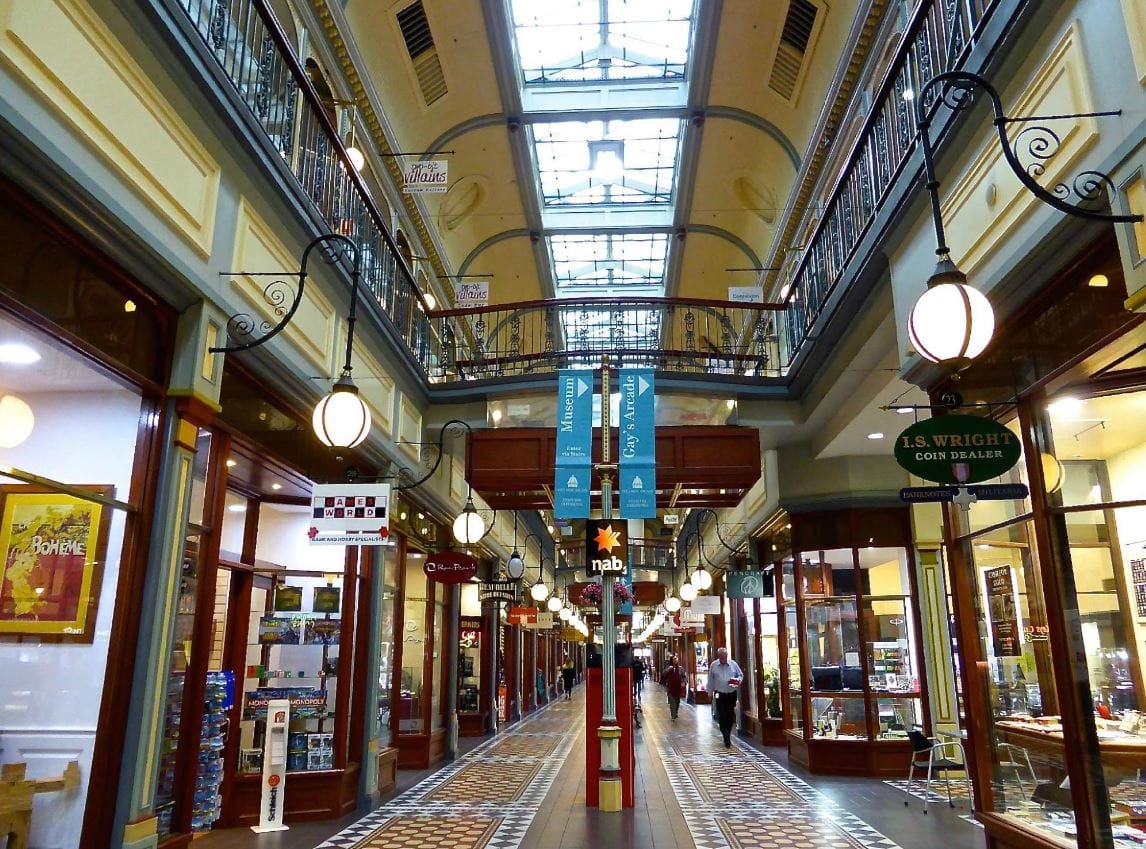
At the base of the domes, the Adelaide Arcade coat of arms proudly endures. Created during a time of debate about Australia’s federation, the arcade’s owners chose a design they believed would represent a united Australia. Though the Commonwealth adopted a different emblem in 1908, this original coat of arms remains a unique historical marker.
A Grand Interior
Walking through the arcade, visitors are enveloped by its opulent atmosphere. The promenade, an expansive 24 feet (7.3 meters) wide, is framed by double-story architecture with original paneled ceilings and ornate details at each entrance. Once home to three central fountains, the arcade exudes a sense of grandeur that captivates shoppers and history enthusiasts alike.

A Marvel of Construction
Built in just five months by W. Pett & Sons, Adelaide Arcade was a feat of engineering for its time, completed at a cost of approximately £30,000. Over 200 workers used two million bricks, 50,000 square feet of glass, and 12,000 square feet of marble and tessellated paving. Ornamental cast iron from Mrs. Fulton & Co. and marble from Kapunda Quarries added to its elegance. The arcade’s rapid construction was hailed as unprecedented in Adelaide’s history.

A Historic Opening
The grand opening on December 12, 1885, was a citywide celebration. Rundle Street was closed to traffic, and an orchestra played the specially composed “Adelaide Arcade Polka.” In a rare gesture, Governor Sir William Robertson officiated the event, underscoring the arcade’s significance. After toasting the Queen with the arcade’s owners, the public was invited to explore the 50 original shops, with retail on the ground floor and workrooms upstairs.

Pioneering Innovations
Adelaide Arcade was a trailblazer in its day. It was among the first buildings in Adelaide to use electric lighting, powered by a dynamo in an engine room, with 16 electric lamps illuminating the interior and even spilling light onto the streets. Ornate gas lamps, whose design inspires today’s modern lighting, once lit the shopfronts. The arcade also featured a luxurious Turkish Bath in its southeastern corner, complete with Carrara marble and enamel fittings, catering to Adelaide’s elite.
An underground chamber, accessed via an ornate ironwork entrance, originally housed the Arcade Cafe, which utilized a natural spring still active today. Later, it served as the office for PJ Brady’s billiards business, with the original staircase and hand-painted signs rediscovered during recent renovations.
Gays Arcade: A Complementary Legacy
Construction of Gays Arcade began alongside Adelaide Arcade, creating a 100-foot frontage on Twin Street. Named after Patrick Gay, a cabinetmaker whose furniture business had burned down, it was designed by James Coming and built for £11,000. Completed in time for the joint opening in 1885, Gays Arcade housed Gay’s furniture showrooms and later became a cultural hub, hosting grand balls by the German Progress Association.
Surviving Challenges
On August 3, 1980, a catastrophic fire ravaged Gays Arcade and damaged Adelaide Arcade, destroying much of the original English glass. Repairs cost over $2 million, and the arcades were closed for over a week. Restoration efforts have since focused on preserving their heritage, with sensitive recreations of original features like the paneled ceilings, curved iron roof windows, and ventilation system. The Carrara marble and encaustic tile floor, worn by time, was replaced in 1970 with tiles from the Old English Tile Company, mirroring the original design.
A Cherished Landmark
A Victorian fountain, originally from the Jubilee Exhibition Building, now graces the Rundle Mall entrance. Relocated in 1976 to mark Rundle Mall’s pedestrianization, it was famously filled with champagne by Premier Don Dunstan. In 1995, it found its permanent home at the arcade’s entrance. When plans to remove it surfaced in 2013, Adelaide Arcade rallied 15,000 signatures in ten days to preserve this beloved icon.
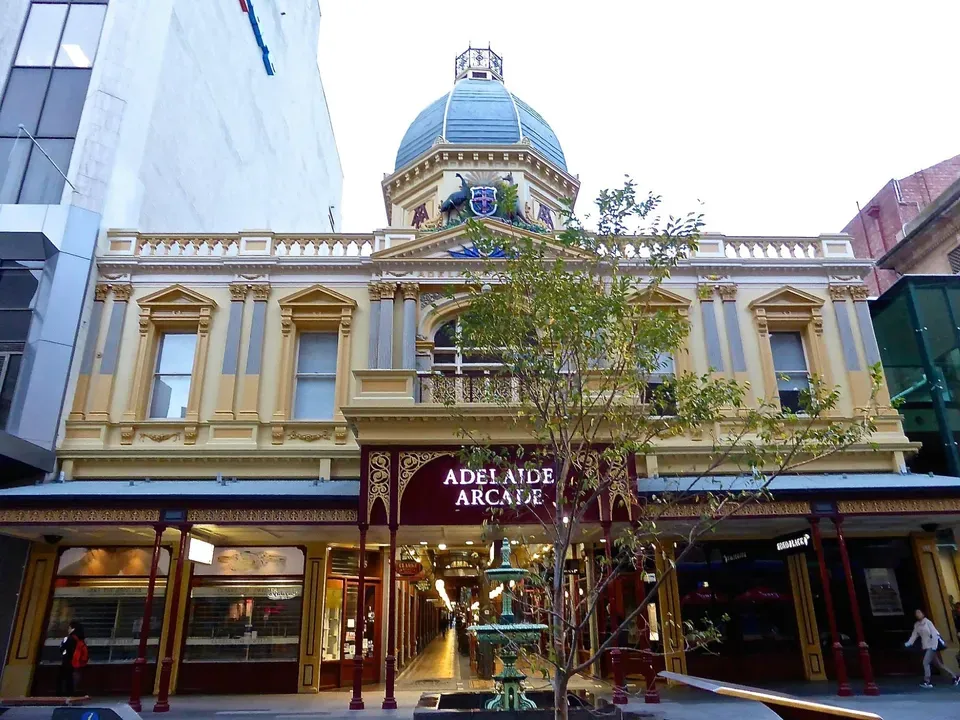
A Haunting Tale
Adelaide Arcade is also home to a spectral legend. Francis Clooney, an early caretaker, met a tragic end in 1887 when he was caught in the engine room’s machinery. Reports of mysterious footsteps, moved objects, and eerie sightings have fueled beliefs that Clooney’s spirit lingers, adding a touch of intrigue to the arcade’s story.
A Living Museum
Today, Gays Arcade’s balcony level hosts a free Adelaide Arcade Museum, displaying artifacts, photographs, and even an accordion that plays the “Adelaide Arcade Polka.” It offers a captivating glimpse into the arcades’ storied past.
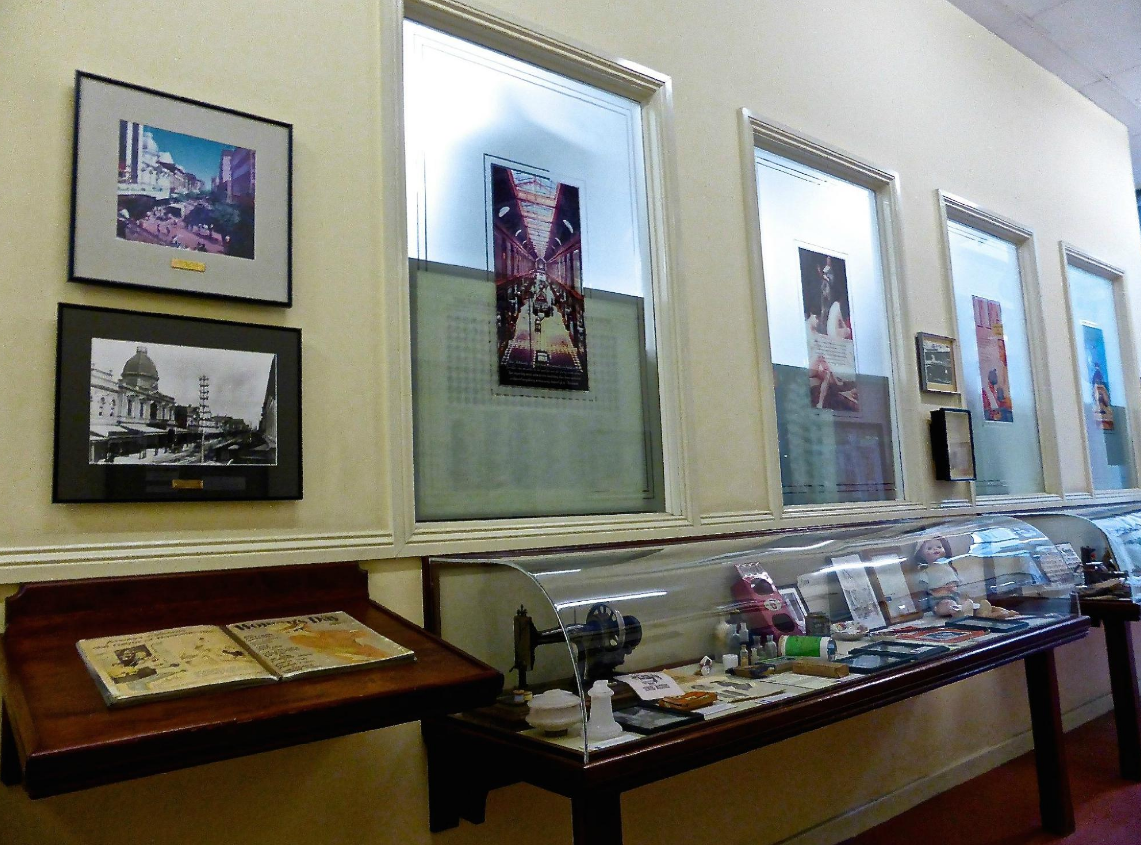
A Legacy of Resilience
From its 1885 debut to the 1968 balcony addition that doubled its retail space to over 100 specialty stores, Adelaide Arcade has evolved while honoring its heritage. Despite alterations, fires, and modernizations, it remains a symbol of innovation and endurance. Exploring Adelaide Arcade is more than shopping—it’s a journey through a vibrant chapter of Adelaide’s history.


